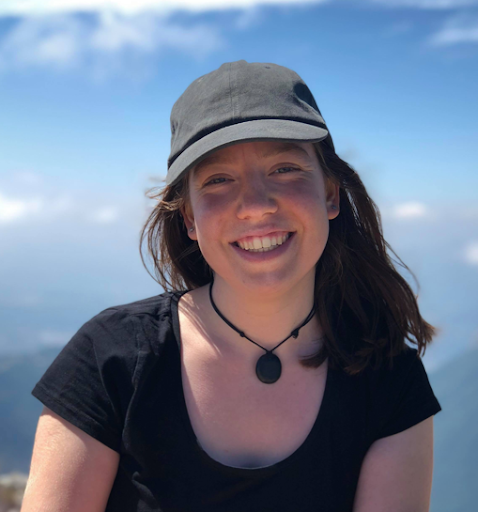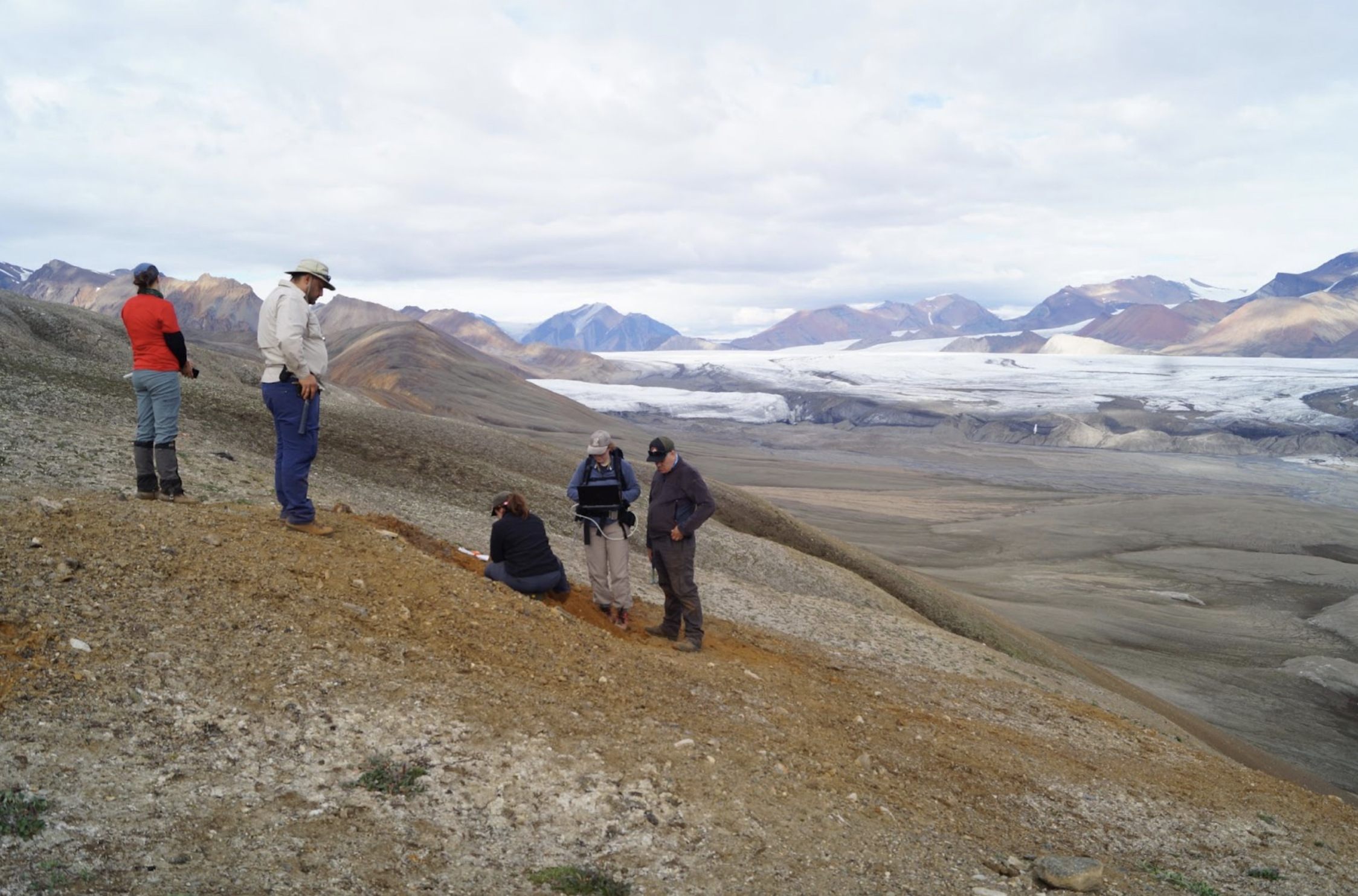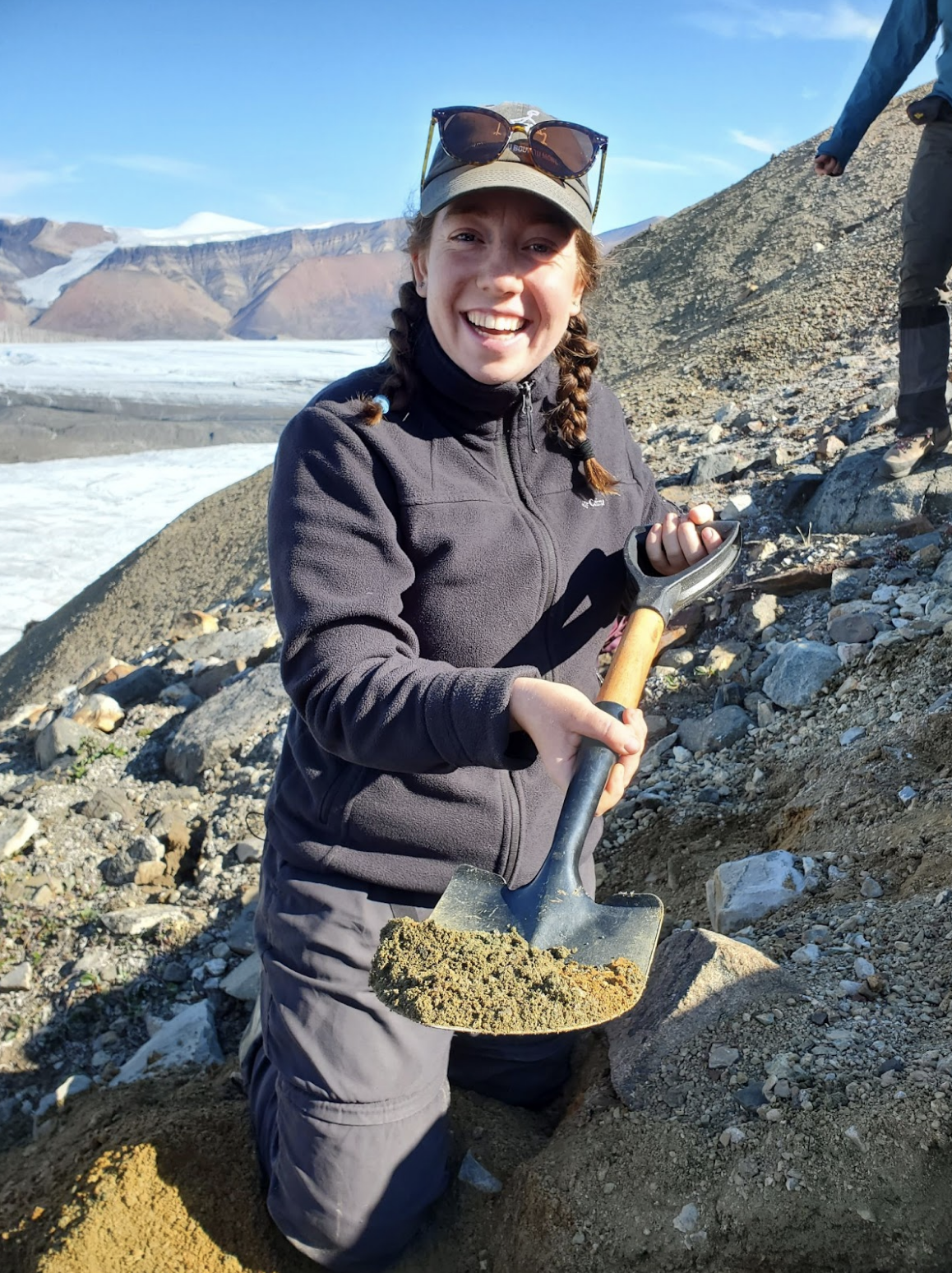Astrobiology Revealed #27: Gaëlle Belleau-Magnat
on biosignatures in Mars-analog Arctic gossans
by Aubrey Zerkle
In this Q&A, we asked Gaëlle Belleau-Magnat about her recent paper, “Mineralogy, geochemistry and morphology of Arctic gossans on Axel Heiberg Island, NU, Canada: Spectroscopic investigation and implications for Mars.” Gaëlle is a research professional in the GEOmatic DEdicated to Space exploration (GEODES) lab, which is part of the Applied Geomatics Department at the Université de Sherbrooke in Québec, Canada. Gaëlle explains why Martian gossans could hold clues to past life and describes the best ways to find them. (This interview has been edited for length and clarity.)
I saw that you have a master's degree in applied geomatics and remote sensing. How did you come to work on Mars analogue environments?
I did my undergraduate degree in biology. At the same time, I was always fascinated by the ways technology and new tools could improve data acquisition. That curiosity led me to complete a one-year diploma in applied geomatics and remote sensing, and from there I decided to continue to a master’s.
Interestingly, I ended up in planetary science due to bad timing. When I first started looking for supervisors, I reached out to a few professors working on subjects that combined remote sensing and biology, which felt like the most natural fit for my background. All of them happened to be on sabbatical that year and weren’t taking new students. That forced me to rethink the themes I wanted to explore, and eventually I reached out to Pr. Myriam Lemelin.
I had always been curious about space, but I never knew how to break into that field, so it hadn’t seemed like a realistic professional path. And since I had only a modest background in remote sensing and no training in geology, it felt like a leap. But Myriam welcomed me as a student, and we found a research question that brought together my interests in biology and remote sensing, ultimately leading me to study Mars analogue environments.
In your recent paper in Planetary and Space Sciences, you studied gossans from Axel Heiberg Island in Arctic Canada - what are gossans, and how are they related to Mars?
Gossans are surface deposits that form when a mafic intrusion is altered by oxidizing fluids. They can be a few meters to several kilometers in surface area and are easy to spot on Earth because of their distinctive orange color, which comes from iron oxides at the surface. At depth, where the rock hasn’t been oxidized, the material is grey. So when you dig into them, you see this really striking color gradient from orange to grey.
They’ve become especially interesting in planetary science because they’re considered good analogs for Martian environments and for the search for traces of past life on Mars. Gossans are one of the few iron-rich aqueous environments that provide habitable conditions on Earth and possibly on Mars as well. In fact, biosignatures have already been found in several gossans worldwide. While we haven’t detected gossans on Mars yet, the conditions for their formation appear to have existed there. That’s why gossan-like features could be really promising places to look for biosignatures on Mars.
You mentioned that over a thousand gossans had been found in the Canadian Arctic - why did you focus on Axel Heiberg in particular?
You can actually find gossans in lots of places on Earth if the right conditions are present. But the ones in permafrost and polar deserts, like in the Arctic, are thought to be better environmental analogs for Mars, which is dry and cold today. That was the first reason to go there. What led us to Axel Heiberg Island specifically was the high density of gossans. On top of that, the presence of several gossans close to the McGill Arctic Research Station at Expedition Fiord, where we set up camp, made fieldwork much more feasible and allowed us to sample several sites.
This research is part of a broader Terrestrial Mineral Analysis by Remote Sensing (T-MARS) project - what are the overall goals of that project, and how does your work fit into it?
The T-MARS project was designed to study gossans as Martian analogs at different scales – satellite, rover, and laboratory. Broadly, the goals were to (1) establish the regional geological context of the area, (2) investigate the composition of gossans at the surface, (3) study them at depth, and (4) look for potential biosignatures.
These goals were divided into four master’s projects. For instance, one student developed a method to detect gossans from orbit using satellite imagery, while another explored the presence of lipid biosignatures preserved in samples in the laboratory. My project ended up linking those two scales. I worked with spectroscopy data similar to what a rover would collect. I focused on analyzing the composition of the different colored layers in small trenches dug into the gossans, essentially replicating what a rover might uncover with a core drill.
Based on your results, how hard do you think it will be for astrobiologists to find gossans on Mars, given current or future missions?
Identifying gossans on Mars is definitely more challenging than on Earth. In the Arctic, their bright orange color makes them easy to recognize, but on Mars, the entire surface is already red, so that visual cue is lost. To confirm gossan-like features, we’d need to detect primary sulfides. The difficulty is that sulfides have relatively flat spectral signatures, which makes them hard to spot from orbit. That’s where rover-based instruments, like an X-ray diffractometer (XRD), are especially useful.
Another complication is Mars’ highly oxidizing surface environment, which reduces the chances of finding preserved reduced sulfur deposits at the surface. This is why drilling into the subsurface is so important. Below the surface, there’s a greater likelihood of finding primary sulfides, and the conditions are also much better for biosignature preservation because the material is shielded from cosmic radiation. The upcoming ExoMars Rosalind Franklin rover, for instance, is equipped with a drill designed to analyze material from depth.
How would you design a "dream mission" to detect biosignatures in Martian gossans if we could find them?
My “dream mission” would be a rover mission, but the landing site would have been carefully selected to narrow down gossan-like regions, as they are fairly small in size, using orbital imagery by combining spectral and geomorphological data. The rover itself would be equipped with a drill, an XRD instrument to identify primary sulfides, and complementary instruments like a Raman spectrometer or GC-MS (similar to Curiosity’s SAM suite) to look for biosignatures directly in those samples. That combination of orbital guidance, subsurface sampling, and in-situ analysis would give us the best shot at finding gossans on Mars and potentially detecting biosignatures.
What's next for you? Are you continuing to work on T-MARS or other Mars analogue systems?
Since finishing my master’s, I’ve stayed with the same research group, which I really enjoy because it allows me to contribute to a variety of planetary science projects. Right now, I’ve stepped away a bit from Martian analogs, and I’m more focused on the Canadian Space Agency’s lunar rover mission, which is scheduled to explore the lunar south pole in a few years.
At the same time, the T-MARS project is still moving forward. A student in our lab is continuing the work on the gossan samples we collected, with a focus on the distribution and quantity of organic carbon. I’m really excited about that, because there’s still so much left to uncover—so stay tuned!



